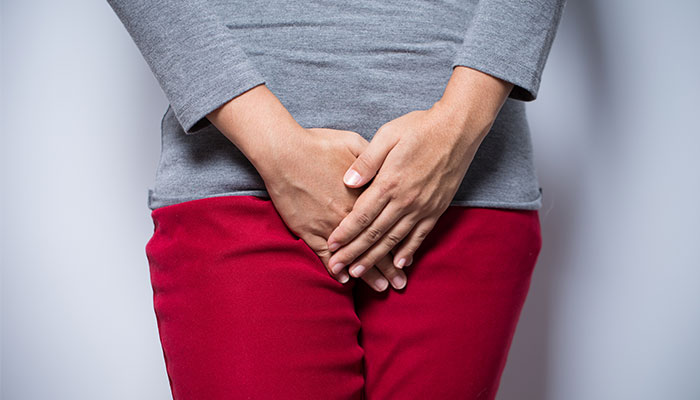
Yeast Infections
Vaginal yeast infections are a common but uncomfortable condition for women. Fortunately, yeast infections are rarely serious and easily treatable. Here’s what you need to know if you think you might be experiencing a yeast infection.
What is a yeast infection?
A yeast infection is an overgrowth of yeast in the body. A healthy vagina naturally contains yeast, and bacteria in the vagina keeps yeast in check. When there is an imbalance between the two, an overgrowth of yeast can occur.
Symptoms of yeast infections can include:
- Itching or burning inside and around the vagina
- Vaginal discharge, usually thick and whitish-gray
- Soreness
- Pain during intercourse
- Rash
Yeast infections are usually self-diagnosed, but if you have any questions about your symptoms, consult a doctor to rule out other illnesses.
Women taking antibiotics may experience increased frequency of yeast infections as antibiotics target bacteria. Women using hormonal birth control may also experience more frequent infections due to higher estrogen levels. This is also true for pregnant women.
Women should see a doctor for diagnosis and treatment if they are pregnant, have been exposed to sexually-transmitted infections, or have frequent recurring yeast infections – those that reoccur within two months after treatment, or occur 4 or more times during the year, should discuss it with a physician.
Effective Treatment for Yeast Infections
For uncomplicated yeast infections, over-the-counter treatment options in the form of creams and suppositories are common and usually effective. Treatment can last one day or up to a week. Always follow the package directions. Some medications can affect the efficacy of birth control. Be sure to use an alternate method if you are sexually-active and looking to prevent pregnancy.
For yeast infections that are resistant to over-the-counter treatment, a doctor may prescribe a single-dose oral medication. For severe cases, a second dose may be taken three days later. For complicated or severe infections, treatment may require another prescription and will likely need to be taken longer than the first, day-long treatment. Treatment usually lasts from 7 to 14 days and could include oral medication, creams, or suppositories.
Recurrent yeast infections may require maintenance therapy. This type of treatment is usually a prescription medication taken orally and can last up to 6 months. Only after the initial infection is resolved will maintenance therapy begin.
Prevention
Yeast grows in warm, moist environments. Choose breathable undergarments like cotton underwear and avoid overly tight clothing. Change workout clothing and wet swimsuits immediately. Eating a healthy diet that includes yogurt with live cultures (namely lactobacillus acidophilus) can help keep yeast under control and prevent infection.
Hygiene is important, but some hygiene products can irritate skin or cause yeast infection. Avoid using douches, scented powder or feminine deodorant sprays. These contain chemicals that may negatively affect the balance of good bacteria in the vagina.
